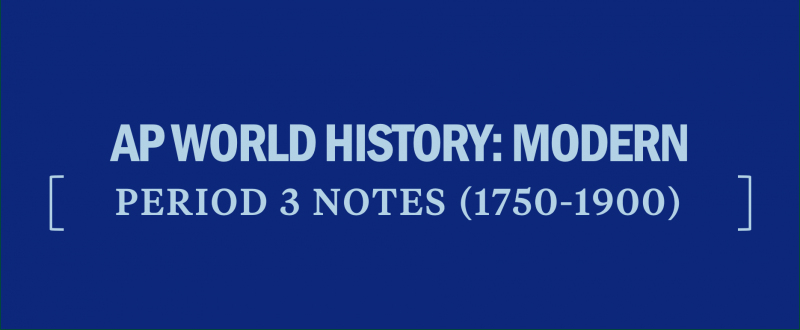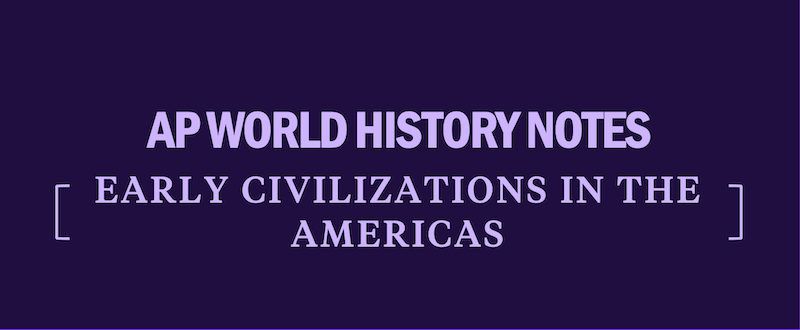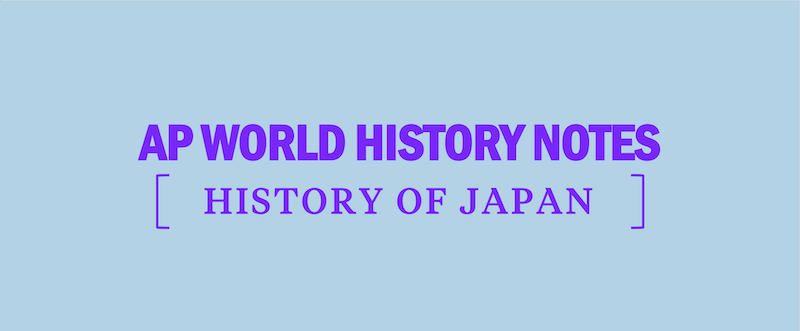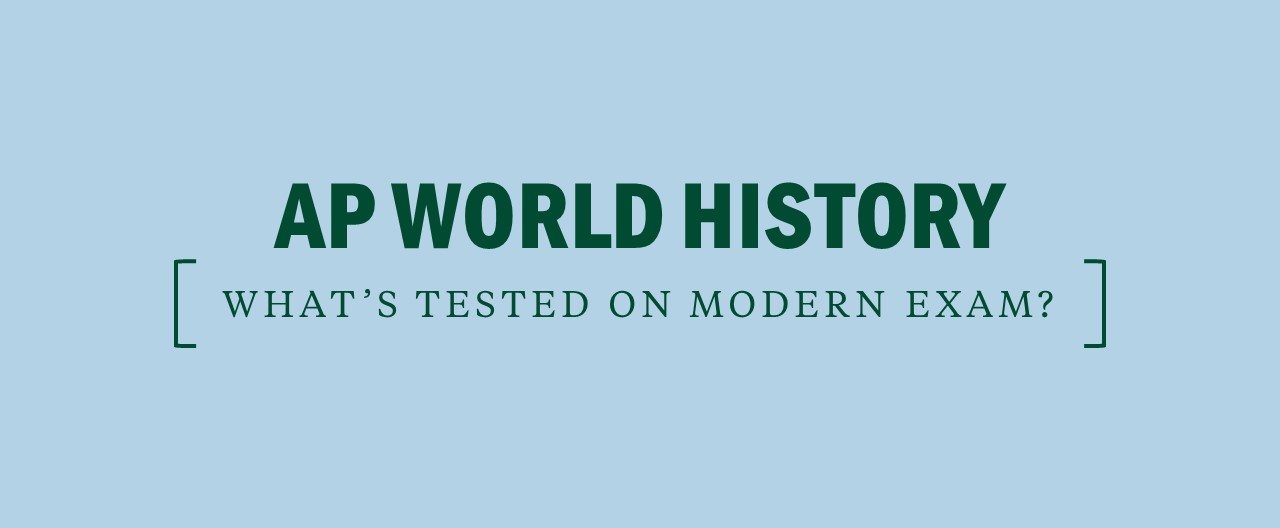AP World History Exam: Period 6 Notes (1900 C.E. to the Present)
Key Topics–Period 6: 1900 to the Present
Remember that the AP World History exam tests you on the depth of your knowledge, not just your ability to recall facts. While we have provided brief definitions here, you will need to know these terms in even more depth for the AP World History exam, including how terms connect to broader historical themes and understandings.
World War I
- World War I: Initially known as the Great War, this total war officially began in 1914 with the assassination of Austrian Archduke Franz Ferdinand, but it was rooted in secret alliances, nationalism, and militarism among the European powers. Its end in 1918 left Europe with many unresolved issues that would be settled in World War II.
- Total war: Warfare in which the entire nation devotes its efforts to large-scale war, usually with the aim to completely eliminate an enemy threat. The two world wars are well-known examples.
- League of Nations: As part of U.S. President Woodrow Wilson’s plans for postwar peace (the Fourteen Points), a multinational coalition was created to prevent further war through open negotiations. Ironically, the United States never became a member. The power of the League was delegitimized in the 1930s with the Japanese invasion of Manchuria, the Spanish Civil War, and the Italian invasion of Ethiopia.
- Mohandas Gandhi: Regarded as the most influential leader of the Indian Independence movement, the Mahatma (“Great Soul”) was known for his grassroots approach to protest. Using a combination of religious ideals, Gandhi and his followers used civil disobedience and nonviolence to help India gain its independence. Although Gandhi was murdered just five months after independence, his legacy influenced such leaders as Dr. Martin Luther King and the Dalai Lama.




